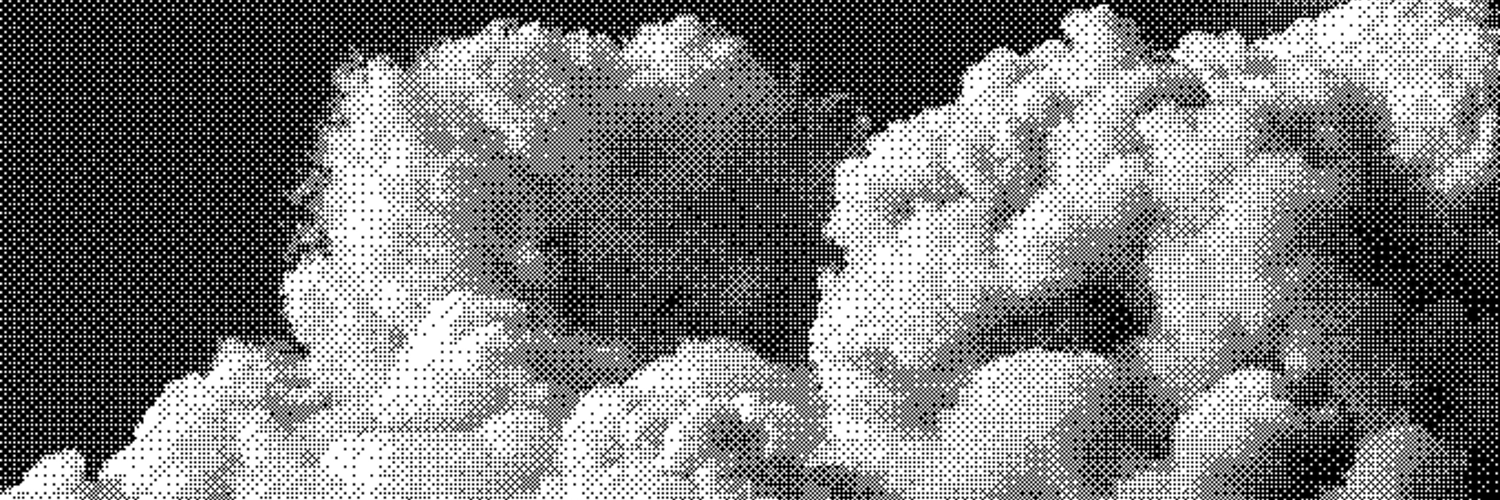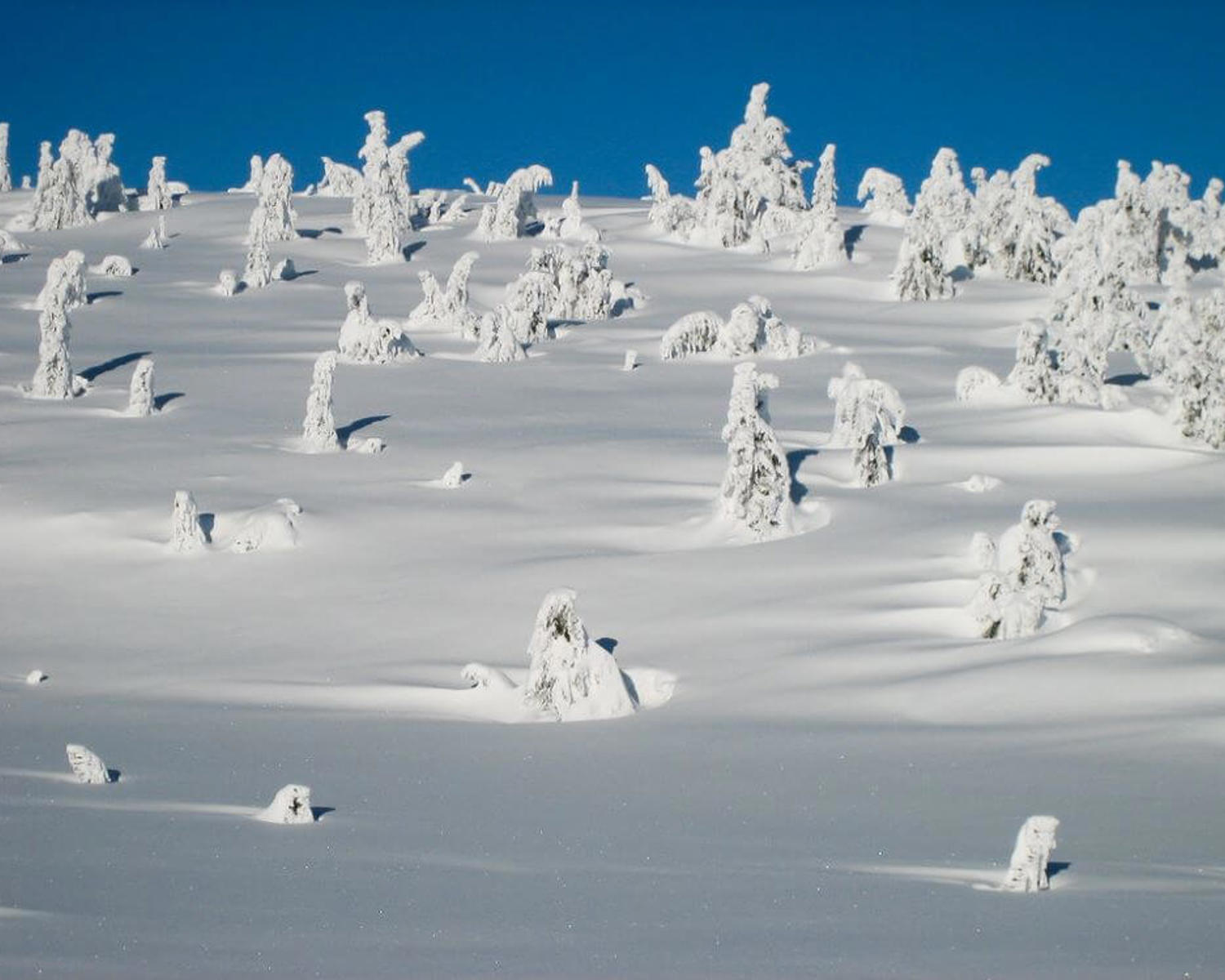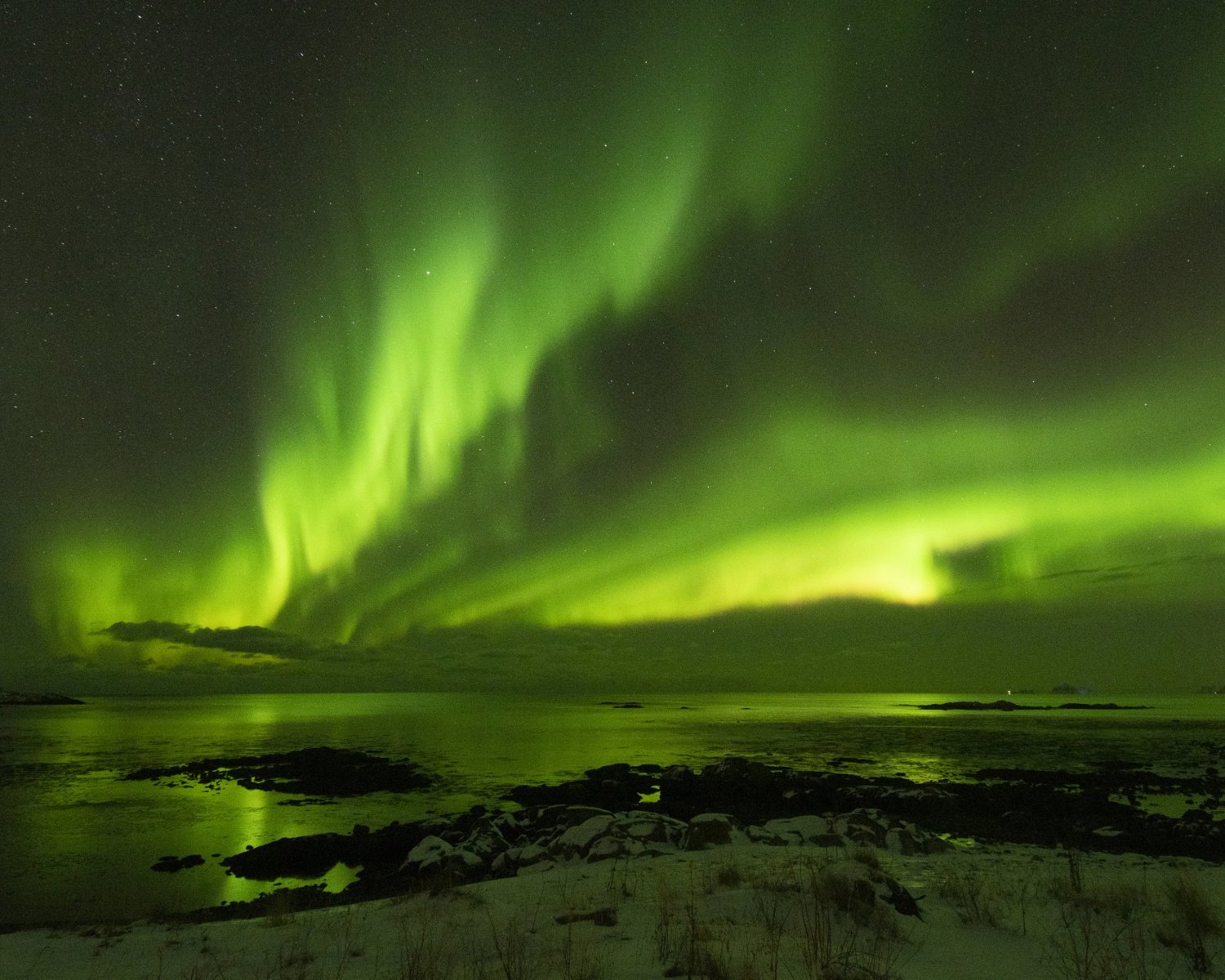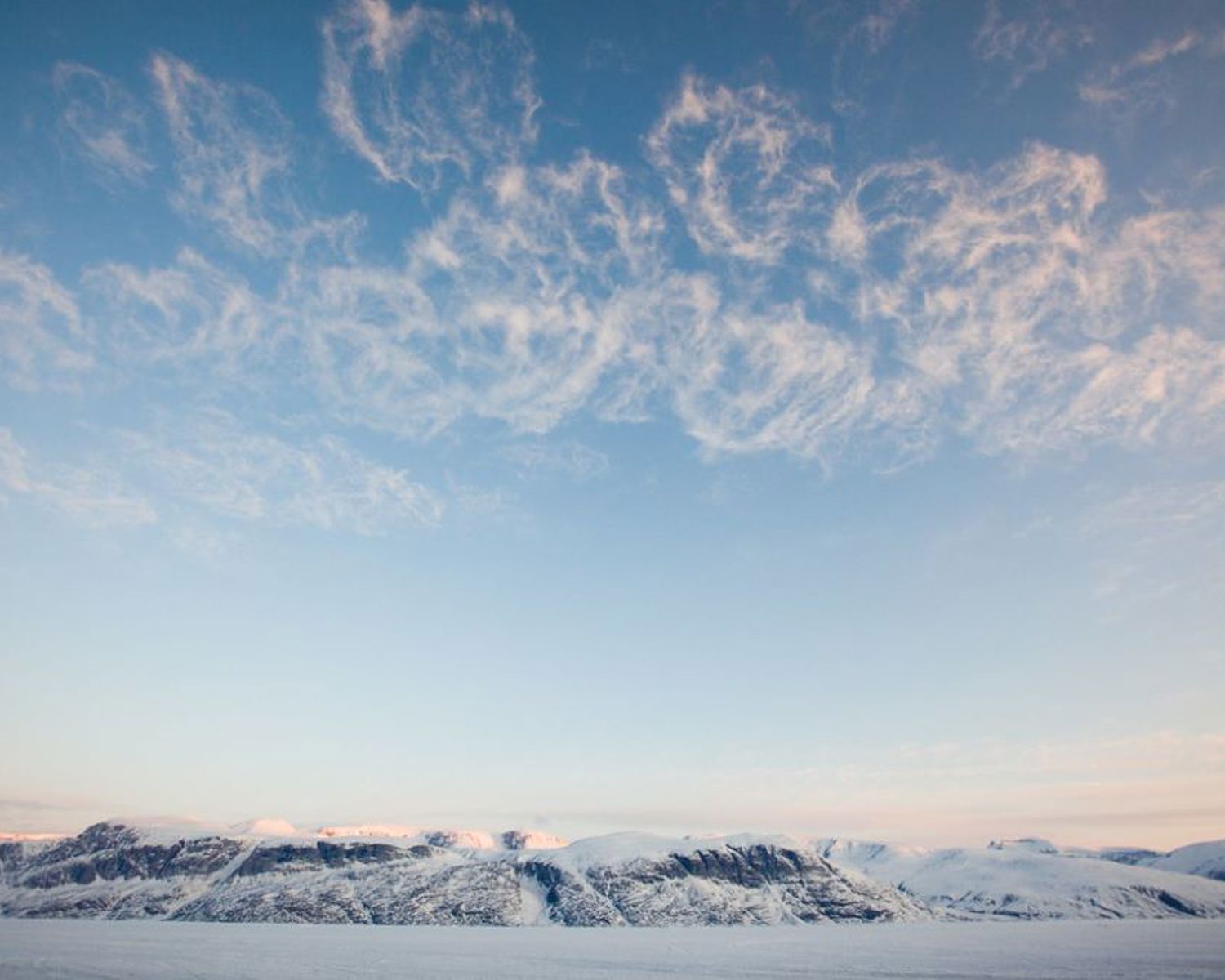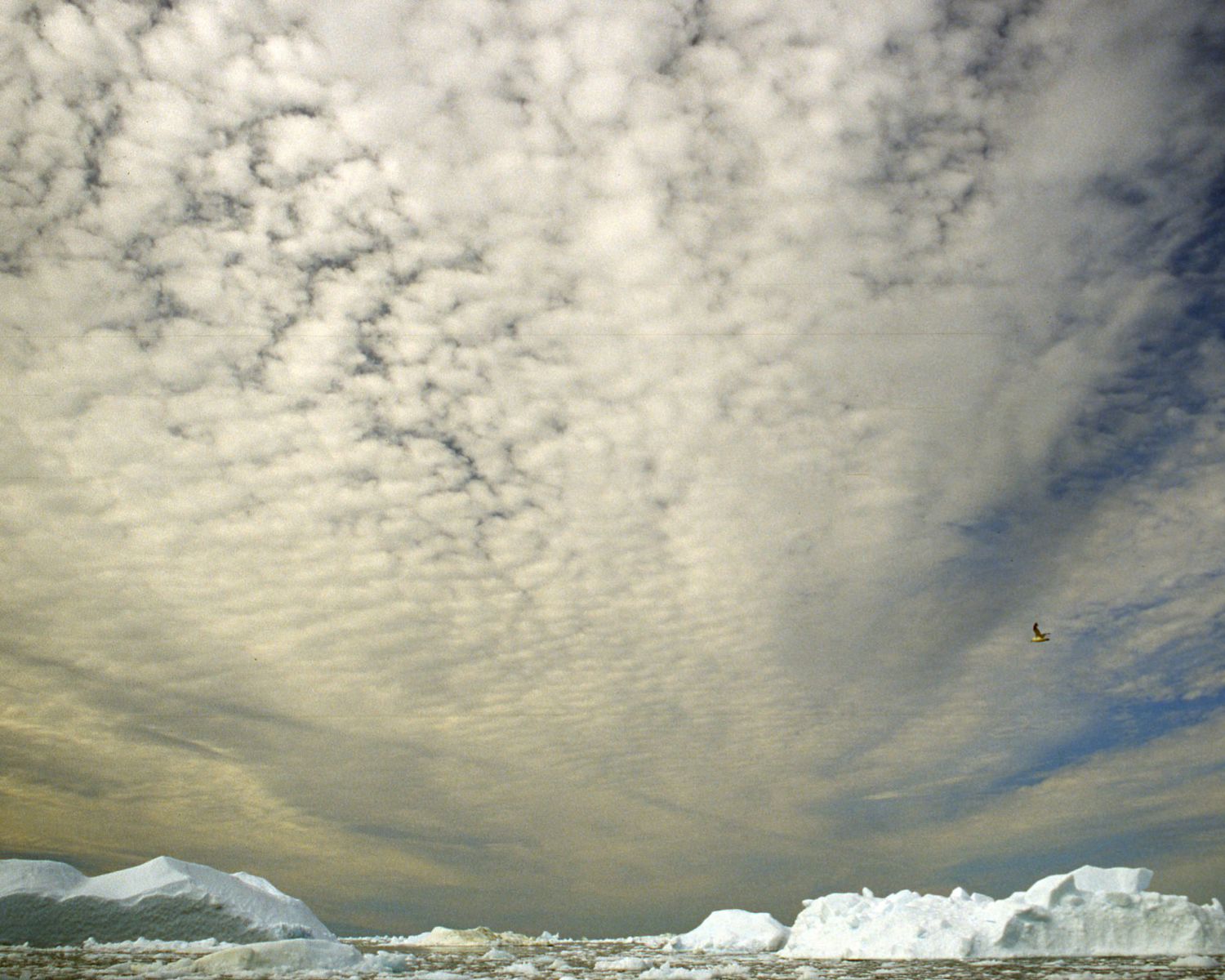
Arctic Marine Cloud Brightening
Roughly one-third of the incoming solar radiation is directly reflected back into space by the Earth’s atmosphere and surface albedo. Clouds play an important role in this, although their role is double as water droplets can also interfere with outgoing longwave radiation, thereby contributing to the greenhouse effect. Over open water clouds can make a particularly big difference as the albedo of the water is below 0.1, thereby absorbing most of the sun’s energy.

